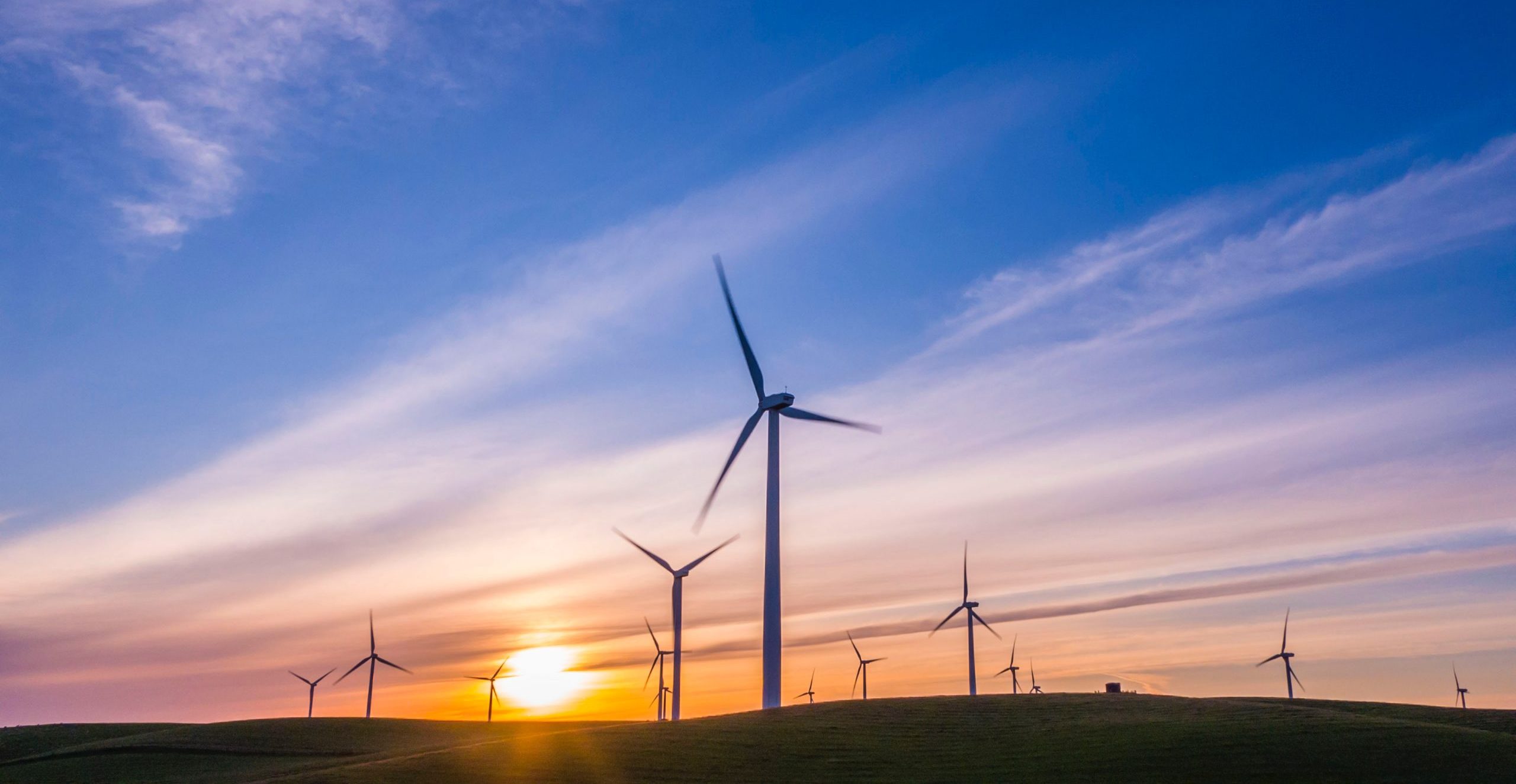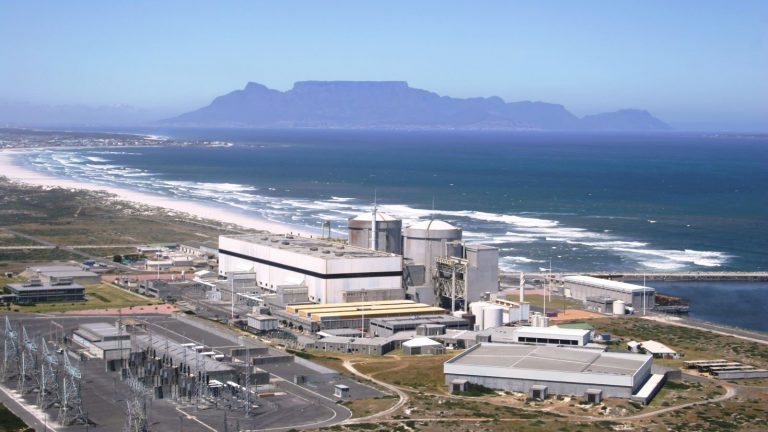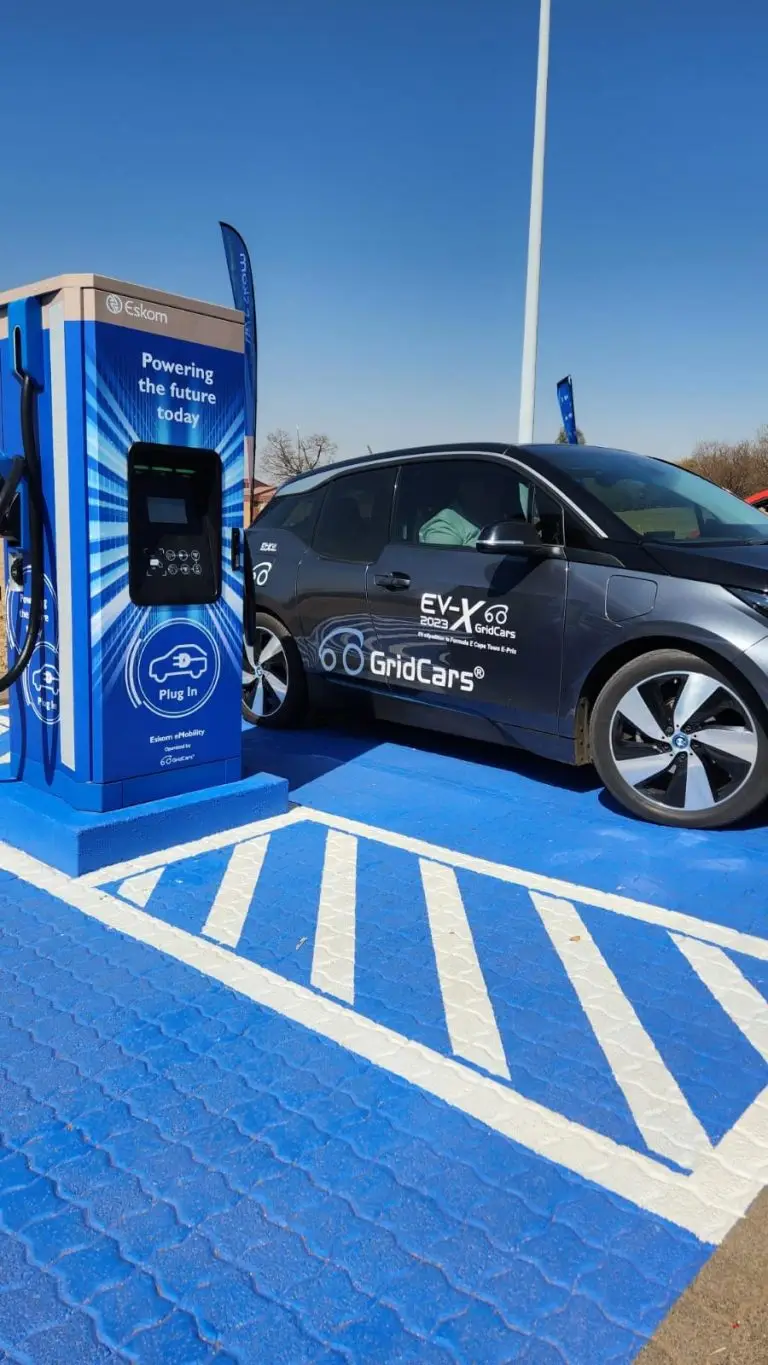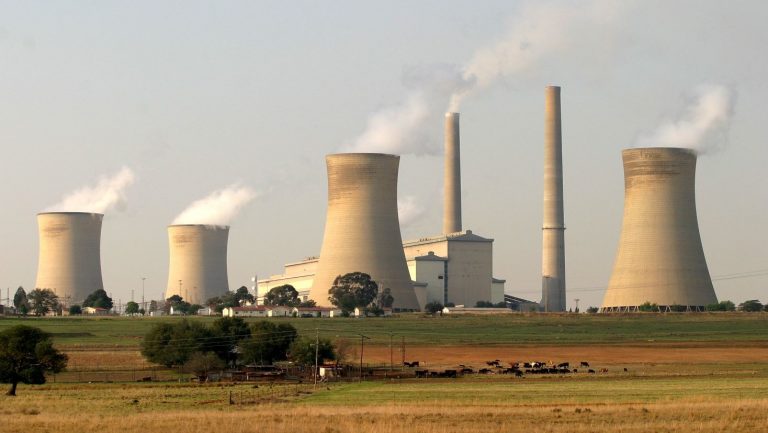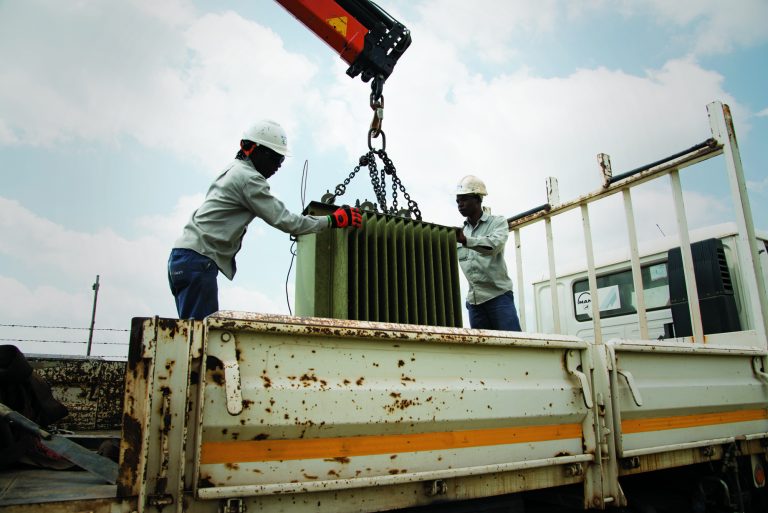Eskom signs land lease agreements with independent clean power generators
Friday, 14 October 2022: In response to the President’s call for “an ambitious, bold and urgent response to the energy crisis”, Eskom today signed lease agreements with four independent power producer investors for the commercial lease and use of land parcels at two of its power stations in Mpumalanga province for the construction of new clean energy generation capacity. This is the first batch of lease agreements to be signed with private companies. It is comprised of land parcels around the Majuba and Tutuka power stations.
It is anticipated that the generators will be connected to the grid within 24 to 36 months from financial closure, subject to environmental, land zoning and other regulatory approvals.
Eskom issued a request for proposal (RFP) in April 2022, which was followed by a meticulous selection process. Investor appetite for land with grid connection was demonstrated by the fact that the bids were three times oversubscribed, offering a good indication that further land parcels will receive favourable consideration.
The investors will lease a total of 6 184 hectares (ha) of land for a period of 25 – 30 years each and contribute an estimated 2 000MW to the national electricity grid. Eskom will be issuing new tenders for other parcels of Eskom land every quarter going forward, with a view to enabling and accelerating investment in new renewable generation capacity.
The successful bidders are: HDF Energy South Africa (Pty) Ltd, Red Rocket SA (Pty) Ltd, Sola Group (Pty) Ltd and Mainstream Renewable Power Developments South Africa (Pty) Ltd.
The bidders will now do comprehensive feasibility studies to determine which technologies they will be implementing at each site – wind, solar and battery storage. The exact generation capacity will only be known once the studies have been completed. The bidders will sell the electricity on a bilateral basis to customers that will sign power purchase agreements with the developers. The electricity will be wheeled across the Eskom grid, generating revenue for Eskom from its existing assets.
No National Treasury guarantee will be issued for the PPAs, and there will be no risk to or burden on taxpayers or on Eskom. However, through private investment, new generation capacity will be added on an accelerated basis to alleviate the shortfall.
“By making Eskom land available close to the power stations, where there is sufficient grid capacity, we have taken an innovative step to find the quickest way possible and within our scope of influence to boost the country’s generation capacity,” said Eskom Group Chief Executive, André de Ruyter. “Eskom’s land leasing programme is a first of its kind and can be used as a case study in the electricity supply industry (ESI) in terms of partnering with private electricity generators to accelerate the connection of additional capacity to the national grid to improve the reliability of supply. The fact that these land leases will attract an estimated investment of some R40 billion to areas traditionally associated with coal-fired electricity generation makes this a compelling proof point for the just energy transition to a lower carbon economy,” De Ruyter added.
Eskom plans to make more land available around its power stations and other sites where there is sufficient grid capacity to connect renewable energy producers. Eventually, up to 30 000ha can be made available for similar projects.
The next phase of land will focus on properties around the Kendal and Kusile power stations in Mpumalanga, as well as the retired Ingagane Power Station in Newcastle, KwaZulu-Natal.
These parcels will be offered to the market in the coming months.
The key objective of this initiative is to provide relief to the constrained electricity system in as short a time as possible. There is a dire need to alleviate pressure on the system by adding as many megawatts as possible in the shortest possible time, thus increasing Eskom’s ability to conduct maintenance at its existing fleet, reducing loadshedding and the usage of open cycle gas turbines (OCGTs).
Schedule 2 of the Electricity Regulation Act of 2006, as gazetted by the Department of Mineral Resources and Energy in August 2021, permits independent power generators to wheel electricity through the transmission grid, subject to wheeling charges and connection agreements with the relevant transmission or distribution licence holders.
The land parcels were thoroughly screened for useability, considering accessibility, areas above underground mines, future mining activities, the conservation of environmentally sensitive areas such as wetlands and heritage sites, and the sloping of the land parcels.
Eskom is committed to providing distributed energy resource opportunities for future generators to be connected in various geographical areas across the grid. The land lease programme is among the vehicles to do this. It will also fast track the introduction of clean energy sources to the country’s energy mix, consistent with Eskom’s Just Energy Transition (JET) Strategy.
ENDS

